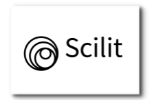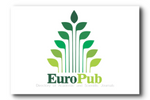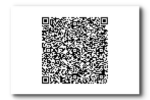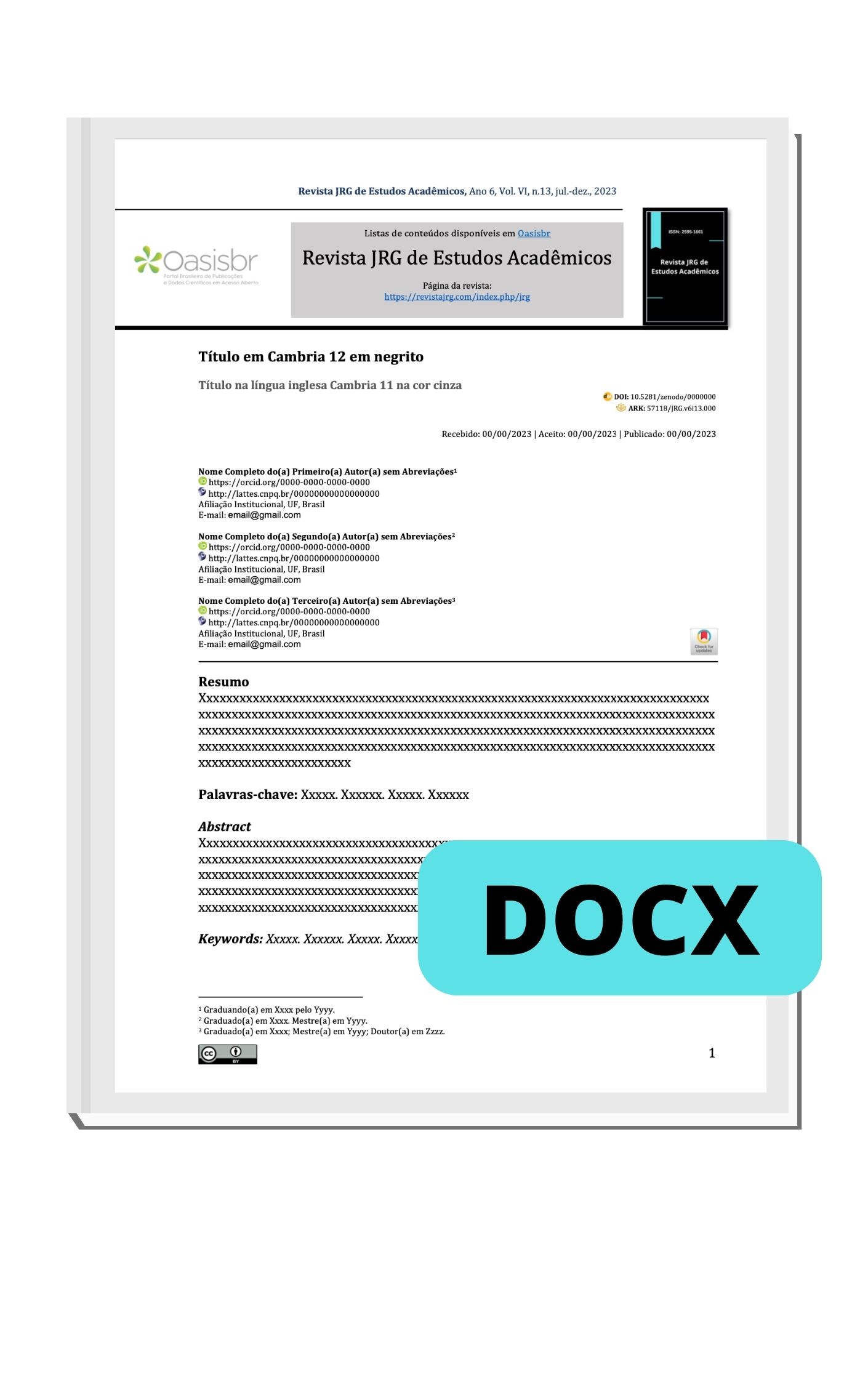Innovative Approaches in the Treatment of Acne Conglobata: Advanced Therapies
DOI:
https://doi.org/10.55892/jrg.v8i18.2179Keywords:
Acne Conglobata, Advanced Therapies, Laser, Chemical PeelsAbstract
Objective: To describe innovative approaches to treating acne conglobata, with a focus on advanced therapies. Methodology: A qualitative literature review conducted across various bibliographic databases, including PubMed, SciELO, Google Scholar, and the Brazilian Digital Library of Theses. Results: The literature analysis revealed that advanced therapies such as laser, intense pulsed light, chemical peels, microdermabrasion, and corticosteroid injections have shown significant efficacy in managing acne conglobata. Interventions were identified that can effectively treat acne conglobata, ensuring greater efficacy and reduced adverse effects. These treatments aim to relieve symptoms, promote skin regeneration, and reduce the risk of scarring. Conclusion: Innovative methods have the potential to optimize the treatment of acne conglobata, offering effective solutions to the therapeutic challenges faced. These approaches demonstrated a reduction in inflammatory lesions, improved skin texture, and fewer adverse effects compared to conventional treatments. They also stand out as promising alternatives in cases resistant to antibiotics and hormonal therapies, reinforcing the importance of a personalized approach in dermatological care.
Downloads
References
AHLUWALIA, J. et al. The microbiome in preadolescent acne: Assessment and prospective analysis of the influence of benzoyl peroxide. Pediatric Dermatology, Providence, v. 36, p. 200-206, jan./2019. Disponível em: https://onlinelibrary.wiley.com/doi/full/10.1111/pde.13741. Acesso em 10 de mar. de 2025.
AKAZA, N. et al. Microorganisms inhabiting follicular contents of facial acne are not only Propinibacterium but also Malassezia spp. The Journal of dermatology, Japão, v. 43, n. 8, p. 906-911, dez./2015. Disponível em: https://pubmed.ncbi.nlm.nih.gov/26705192/. Acesso em 10 de mar. de 2025.
ARORA, Megha Kataria; YADAV, Amita; SAINI, Vandana. Role of hormones in acne vulgaris. Clinical Biochemistry, v. 44, n. 13, p. 1035-1040, set. 2016. Disponível em: https://doi.org/10.1016/j.clinbiochem.2011.06.984. Acesso em 15 de mar. de 2025.
AYER, J.; BURROWS, N. Acne: more than skin deep. Postgraduate medical journal, Londres, v. 970, n. 82, p. 500-506, ago./2018. Disponível em: https://www.ncbi.nlm.nih.gov/pmc/articles/PMC2585707/. Acesso em 10 de mar. de 2025.
BALATO, A. et al. Human Microbiome: Composition and Role in Inflammatory Skin Diseases. Archivum immunologiae et therapiae experimentalis, Polônia, v. 67, n. 1, p. 1-18, fev./2019. Disponível em: https://pubmed.ncbi.nlm.nih.gov/30302512/. Acesso em 10 de mar. de 2025.
BATISTA, A. S.; FONSECA, A. P. Introduction Types of Acne and Associated Therapy: A Review. American Research Journal of Pharmacy, v. 2016, p. 1–9, 2016.
BERNARDO, Ana Flávia Cunha; SANTOS, Kamila dos; SILVA, Débora Parreiras da. Pele: alterações anatômicas e fisiológicas do nascimento à maturidade. Revista Saúde em foco, v. 1, n. 11, p. 1221-33, 2019.
BHAT, Y.; LATIEF, I.; HASSAN, I. Update on etiopathogenesis and treatment of Acne. Indian journal of dermatology, venereology and leprology, v. 83, n. 3, p. 298, 2017.
BISHT, A. et al. Hydrogel composite containing azelaic acid and tea tree essential oil as a therapeutic strategy for Propionibacterium and testosterone-induced acne. Drug Deliv Transl Res, v. 12, n. 10, p. 2501-2517, 2022. Disponível em: https://doi.org/10.1007/s13346-021-01092-4. Acesso em 15 de mar. de 2025.
BRENNER, F. M. et al. Acne: um tratamento para cada paciente. Revista De Ciências Médicas, v. 15, n. 3. Disponível em: https://seer.sis.puccampinas.edu.br/cienciasmedicas/article/view/1117. Acesso em 15 de mar. de 2025.
BYRD, Allyson L.; BELKAID, Yasmine; SEGRE, Julia A. The human skin microbiome. Nature reviews: Microbiology, Londres, v. 16, n. 3, p. 143-155, mar./2018. Disponível em: https://pubmed.ncbi.nlm.nih.gov/29332945/. Acesso em 10 de mar. de 2025.
BURMA, N. E.; WOO, T. E.; PARSONS, L. Topical Clascoterone for Acne Vulgaris. Skin Therapy Lett, v. 27, n. 1, p. 1-3, 2022.
CRUZ, S. et al. Targeting Inflammation in Acne: Current Treatments and Future Prospects. Am J Clin Dermatol, v. 24, n. 5, p. 681-694, 2023. Disponível em: https://doi.org/10.1007/s40257-023-00789-1. Acesso em 15 de mar. de 2025.
DAGNELIE, M. et al. Decrease in Diversity of Propionibacterium acnes Phylotypes in Patients with Severe Acne on the Back. Acta dermato-venereologica, Suécia, v. 98, n. 2, p. 262-267, fev./2018. Disponível em: https://pubmed.ncbi.nlm.nih.gov/29136261/. Acesso em 10 de mar. de 2025.
DARIAS DOMÍNGUEZ, Cristy; ORTIZ LIMA, Yanailys; GONZÁLEZ RABELO, Jorge. Terapia láser de baja poténcia en el acné vulgar. Revista Médica Electrónica, v. 41, n. 2, p. 323-332, 2019.
DRENO, B. et al. Skin microbiome and acne vulgaris: Staphylococcus, a new actor in acne. Experimental dermatology, França, v. 26, n. 9, p. 798-803, set./2017. Disponível em: https://pubmed.ncbi.nlm.nih.gov/28094874/. Acesso em 10 de mar. de 2025.
DRÉNO, B. et al. The Skin Microbiome: A New Actor in Inflammatory Acne. Am J Clin Dermatol, v. 21, Suppl 1, p. 18-24, 2020. Disponível em: https://doi.org/10.1007/s40257-020-00531-1. Acesso em 15 de mar. de 2025.
FOX, L. et al. Treatment Modalities for Acne. Molecules, v. 21, n. 8, p. 1063, 2016. Disponível em: https://doi.org/10.3390/molecules21081063. Acesso em 15 de mar. de 2025.
HALL, J. B. et al. Isolation and Identification of the Follicular Microbiome: Implications for Acne Research. The Journal of investigative dermatology, Filadéfia, v. 138, n. 9, p. 2033-2040, mar./2018. Disponível em: https://pubmed.ncbi.nlm.nih.gov/29548797/. Acesso em 10 de mar. de 2025.
HWANG, H. J. et al. Sulforaphene Attenuates Cutibacterium acnes-Induced Inflammation. J Microbiol Biotechnol, v. 32, n. 11, p. 1390-1395, 2022. Disponível em: https://doi.org/10.4014/jmb.2209.09051. Acesso em 15 de mar. de 2025.
KELHÄLÄ, H. et al. Isotretinoin and lymecycline treatments modify the skin microbiota in acne. Experimental dermatology, França, v. 27, n. 1, p. 30-36, jan./2018. Disponível em: https://pubmed.ncbi.nlm.nih.gov/28636791/. Acesso em 10 de mar. de 2025.
MURILLO, Nathalia; RAOULT, Didier. Skin microbiota: overview and role in the skin diseases acne vulgaris and rosácea. Future microbiology, Londres, v. 8, n. 2, p. 209-222, fev./2019. Disponível em: https://pubmed.ncbi.nlm.nih.gov/23374126/. Acesso em 10 de mar. de 2025.
NEVES CR, Dias CAA, Garcia JT, Dias SAD. A vivência da acne e as suas consequências psicológicas. Brazilian Journal of Health Review, 2021; 4(1): 1266-94.
OGE', L. K.; BROUSSARD, A.; MARSHALL, M. D. Acne Vulgaris: Diagnosis and Treatment. Am Fam Physician, v. 100, n. 8, p. 475-484, 2019.
PURDY, Sarah; BERKER, David de. Acne. BMJ (Clinical research ed.), Londres, v. 333, n. 7575, p. 949-953, nov./2016. Disponível em: https://pubmed.ncbi.nlm.nih.gov/17082546/. Acesso em 10 de mar. de 2025.
SCHNEIDER, Andrea M.; NELSON, Amanda M. Skin microbiota: Friend or foe in pediatric skin health and skin disease. Pediatric dermatology, Providence, v. 36, n. 6, p. 815-822, out./2019. Disponível em: https://pubmed.ncbi.nlm.nih.gov/31588632/. Acesso em 10 de mar. de 2025.
SHIBATA, M. et al. Glucocorticoids enhance Toll-like receptor 2 expression in human keratinocytes stimulated with Propionibacterium acnes or proinflammatory cytokines. J Invest Dermatol, v. 129, n. 2, p. 375-82, 2019.
SOUSA, L. et al. Metodologia de Revisão Integrativa da Literatura em Enfermagem. Revista Investigação Enfermagem, v. 2, p. 17-26, 2017.
SOCIEDADE BRASILEIRA DE PEDIATRIA. Acne na adolescência. Disponível em: https://www.sbp.com.br/imprensa/detalhe/nid/acne-na-adolescencia/. Acesso em 10 de mar. de 2025.
SU, Y.-T. et al. Lactoferrin regulates sebogenesis and inflammation in SZ95 human sebocytes and mouse model of acne. Journal of cosmetic dermatology, v. 22, n. 4, p. 1361–1368, 2023. Disponível em: https://doi.org/10.1111/jocd.12399. Acesso em 15 de mar. de 2025.
USHARANI, D. et al. A Rationally Designed Multifunctional Antibiotic for the Treatment of Drug-Resistant Acne. J Invest Dermatol, v. 138, n. 6, p. 1400-1408, 2018.
ZAENGLEIN, A. L. et al. Guidelines of care for the management of acne vulgaris. Journal of the American Academy of Dermatology, v. 74, n. 5, p. 945-73, 2016. Disponível em: https://doi.org/10.1016/j.jaad.2015.12.037. Acesso em 15 de mar. de 2025.











































